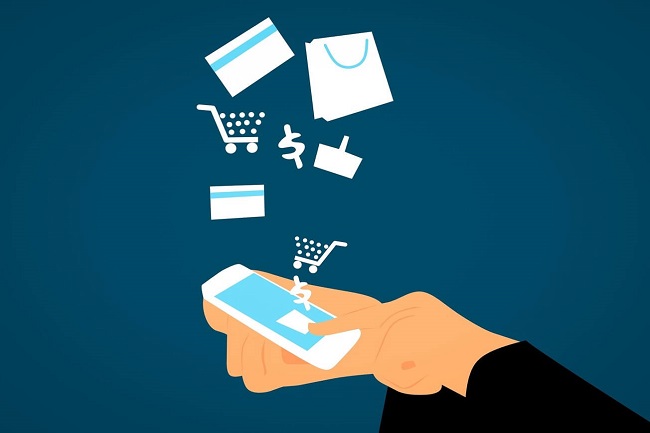In the online world, finding ways to ensure that your customers can find you is paramount. You need to make sure that you’re in the right place at the right time and in front of the right people – seems overwhelming, doesn’t it?
Well, it doesn’t have to be. By leveraging the power of Google Ads, you can increase Shopify sales and grow your business. Google Ads are fairly simple to use, but when it comes to setting out on your adventure, you may want to enlist the help of an AdWords expert to get you started.
So, what is Google Ads?
The first thing you need to know when it comes to answering the question “How does Shopify integrate with Google ads?” is what this functionality means.
The purpose of Google Ads is to drive traffic to your website – you can make it generic to your homepage or link it to a specific product page. The page that you choose to link to needs to be in line with what is mentioned in your ads, which is why some brands choose to create landing pages tailored to meet this need.
For example, if you are selling sneakers and are pushing sales for them, you’ll need to direct traffic to your sneakers page and not your yoga pants page. You need to be specific in your approach.
By integrating Google Ads into your Spotify setup, you can ensure that your content and ads are aligned when it comes to messaging. Unlike other websites, Shopify has templates that make it easy to build your online store and integrate any tools that you may need to promote your business. This includes Google Ads.
While you could get away with using Shopify’s default settings, it is incredibly important that you look into optimizing your product pages. This is because the product pages should be the first-place visitors land on when clicking on your ad. If these pages are not optimized, sales will be near impossible to achieve. Luckily, we’ve got a few tips to help you out.
7 Tips for leveraging Google Ads for Shopify sales
1. Optimize the tile of your ad
Your title needs to be appealing and stop people from scrolling onto something else. Research has found that you have 3 seconds to capture someone’s attention, and a strong title will help you do that.
We recommend including the name of your product in the title as well as the main keyword if the two are not the same. This will also help the Google bots to understand your ad and what your product is. Don’t try to force your brand name into the title, rather focus on the product.
2. Optimize the ad description
It’s not enough to simply have a strong title, your description needs to support it and tie in with what was mentioned as well as what is on the page that you’re linking to. The more descriptive you are, the better your chances of being found.
3. Be picky when it comes to media
The image you choose needs to be relevant and appealing to the person searching for your product, after all, a picture is worth a thousand words. This is also the first look customers will have of your product, so make it count or risk getting lost in a sea of ads.
4. Keep your inventory list up to date
Google is constantly building and updating its database with information and content around the world. To have customers find your product, you need to make sure that the information is readily available and up to date.
This will ensure that you are catalogued correctly and found by the right people. If your content isn’t catalogued, Google won’t find it and you run the risk of not having your ad approved.
5. Don’t forget the weight
This will assist Google with calculating the estimated shipping cost associated with each item. The amount calculated then needs to match what is being advertised on your website. If these amounts are not the same, your ad might not be approved.
6. Add the place of origin
If your product is being imported or exported, you’ll need to include the country of origin so that Google knows where it is coming from.
7. Include policies and legislation
You need to have links that go to all of your store’s policies. This can include exchanges and refunds, privacy, shipping and other terms and conditions relevant to your business. This will help keep your business protected from any legal consequences that could arise. Shopify has templates available for most of these policies to help make the process easier.
It’s as simple as building a checklist
When it comes to your Google ads checklist for Shopify, it’s as simple as 1, 2, 3! The first thing you need to do is select the product you are looking to promote and make sure that you have a product page with all the relevant details.
Next, you’ll need to do keyword research on the chosen product and use these details – along with your product details – to create a descriptive, eye-catching Ad to attract customers. Finally, you’ll need to make sure that your site is ready to cope with an influx of customers, is user friendly and has the right policies in place to protect yourself and your business from legal action.
Once you’ve got the hang of these three core concepts, you’ll be able to leverage Google Ads to gain unbelievable Shopify sales.





Tell us your thoughts in the comments